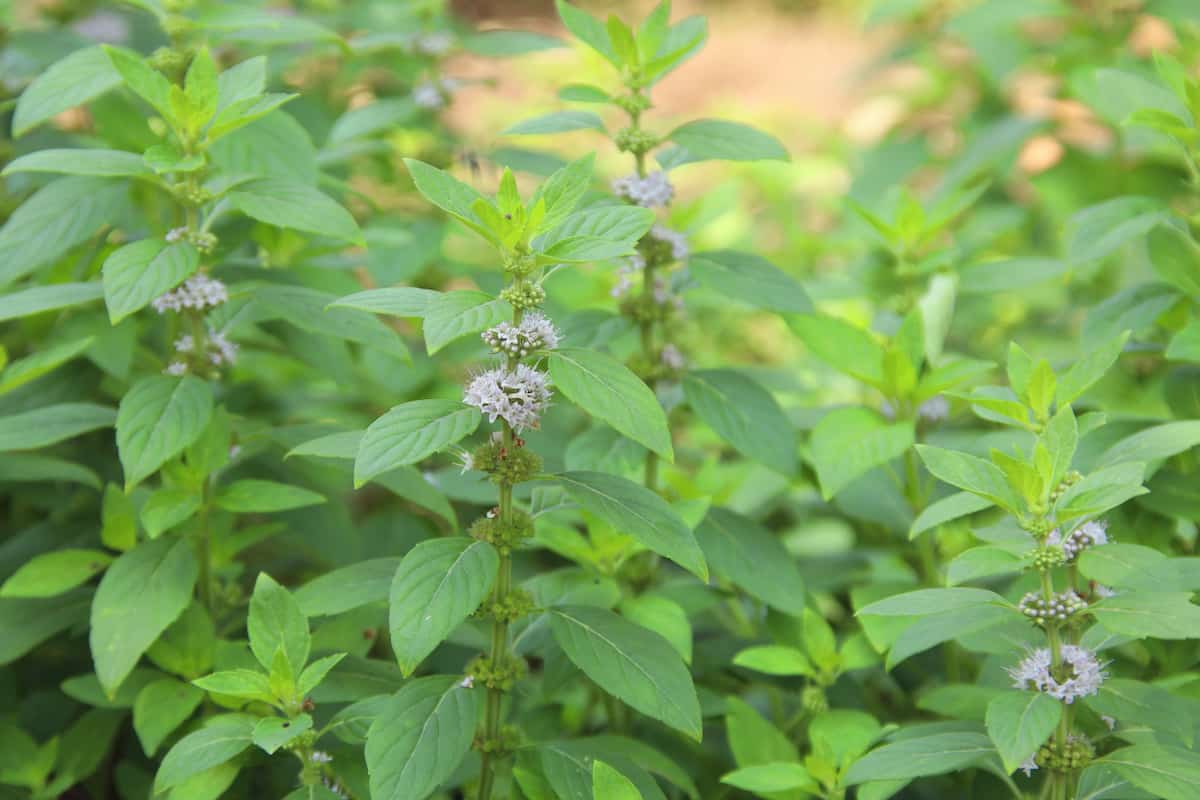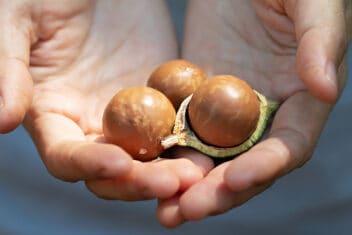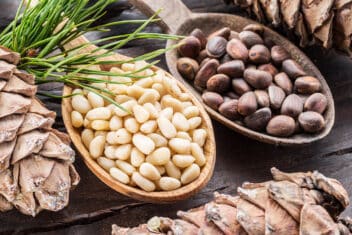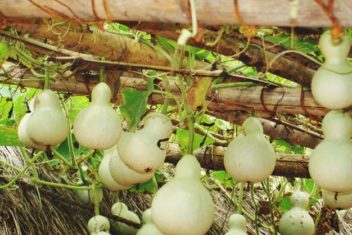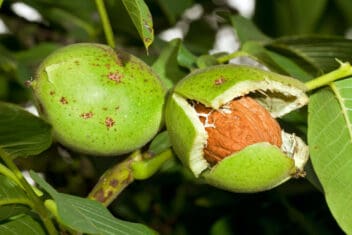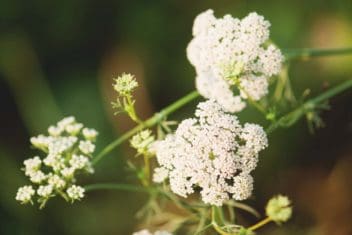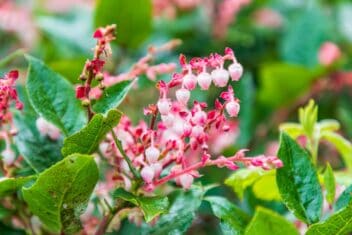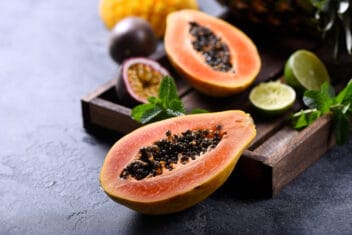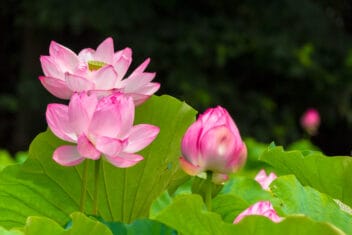Years ago, pennyroyal was a common perennial herb grown in many gardens, but its popularity has since decreased. It’s slowly making a comeback as people realize that growing pennyroyal is totally worth it.
Not only does it have multiple uses, but pennyroyal is quite beautiful. It adds color and attracts pollinators to your herb garden with reddish-purple to lilac-colored blooms.
Let’s take a look at what you need to know about growing pennyroyal in your garden.
What is Pennyroyal?
Pennyroyal has been used for centuries as an herbal remedy, as well as a way to prevent fleas and gnats in the home.
The lavender-shaded flowers attract butterflies and other pollinators to your garden, and with a sprawling growth habit, it can take over containers and bare areas in your garden.
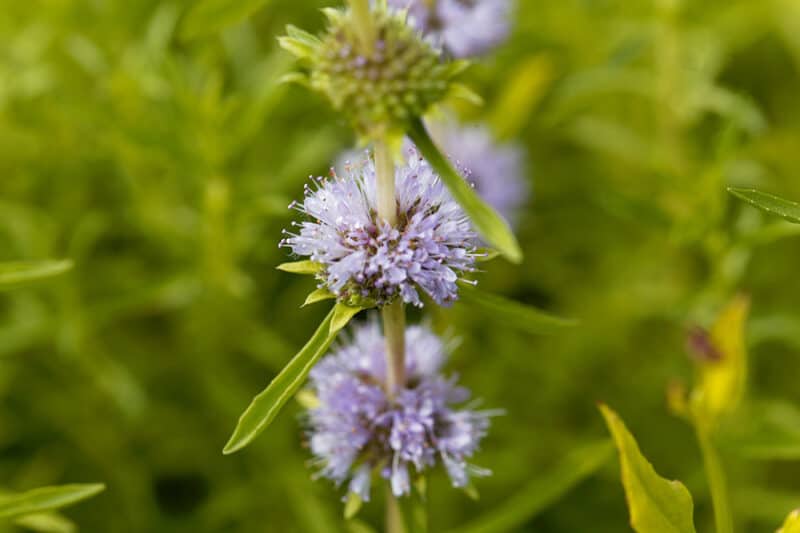
Nowadays, we also know that pennyroyal has some potential toxicity issues. So, it’s wise to understand the herb and to keep it away from curious children.
Toxicity Warning
If you want to use and grow pennyroyal for its medicinal benefits, you should know that it’s not safe to take this herb internally. It can lead to kidney or liver damage. We also know that there is at least one death due to pennyroyal ingestion.
Please do not ingest any parts of the pennyroyal plant.
How to Plant Pennyroyal
Pennyroyal is a member of the mint family, which should tell you a little bit about how easy it is to grow.
The Right Soil for Pennyroyal
Pennyroyal prefers moist and loamy soil. You should amend your soil with plenty of compost to ensure it has all of the nutrients needed for growth. Compost also helps your soil hold water in, ensuring plants have the moisture they need.
The soil should also be acidic. Aim for a pH range between 5.5-6.8. To make your soil more acidic, try adding sphagnum peat. It’s one of the easiest ways to increase acidity in the soil.
Picking the Right Spot in The Garden
Look for a spot in your garden that has either full sunlight or partial shade. If the partial shade area receives the shade in the afternoon, that’s a great location. Many plants appreciate a bit of protection during the heat of the day.
If you opt to grow pennyroyal in full sunlight, make sure that you provide adequate moisture.
When to Plant Pennyroyal
It’s best to plant pennyroyal in your garden after the danger of frost passes. You’ll want to find the final frost date in your region and plant the seeds after this date.
Starting Seeds Indoors
If you want to give your plants a head start, you can start seeds indoors. Plant the seeds in peat pots or seed trays filled with a seed starting mix. The seeds need plenty of light and warmth in order to germinate, so don’t cover them too much and keep temps in the high 60s to low 70s.
They also need plenty of water to sprout, so keep the soil moist. In two weeks, you should see seedlings popping up. Once they’ve reached 4 inches tall, transplant them into the garden. Harden them off for a week before doing so.
You can start seeds indoors 4-6 weeks before the last frost date in your area.
Direct-Sowing Seeds
After all danger of frost has passed, plant the seeds 1/4 inches deep and put them 6-10 inches apart. Cover the seeds with dirt and water deeply. Keep the soil moist until the seedlings sprout.
Transplanting
If you’re transplanting seedlings, plant them 6 inches apart. Dig a hole as deep as the plant and set it in. Pack dirt in and around the hole and water deeply to establish the plants into the ground.
Propagate Your Plants
If you decide that you need more pennyroyal, all you have to do is dig up a piece of the plant and replant it in moist soil. It’s as easy as that!
Pennyroyal roots along its stem as its spreads. So, all you have to do is take a piece of the plant that is already forming roots and dig it up.
If you want to propagate without digging up a piece of your plant, you can use a rooting hormone and put a cutting of the tip of the plant in moist soil.
Can Pennyroyal Grow in Containers?
Yes! Pennyroyal tolerates growing in nearly any container size and doesn’t mind being root-bound. You’ll want to use a commercial potting soil and select a container with a few drainage holes.
This plant is a fantastic choice for container gardens because it will spill over the edges, which is an attractive look for your garden. Growing it in containers is also a smart choice because this plant tends to be invasive. Containers will control the growth of the plant.
Try growing pennyroyal in a container with another assertive plant, such as mint or ajuga. These plants have the same growing requirements and will compete with pennyroyal while keeping its growth in check.
How to Care for Pennyroyal
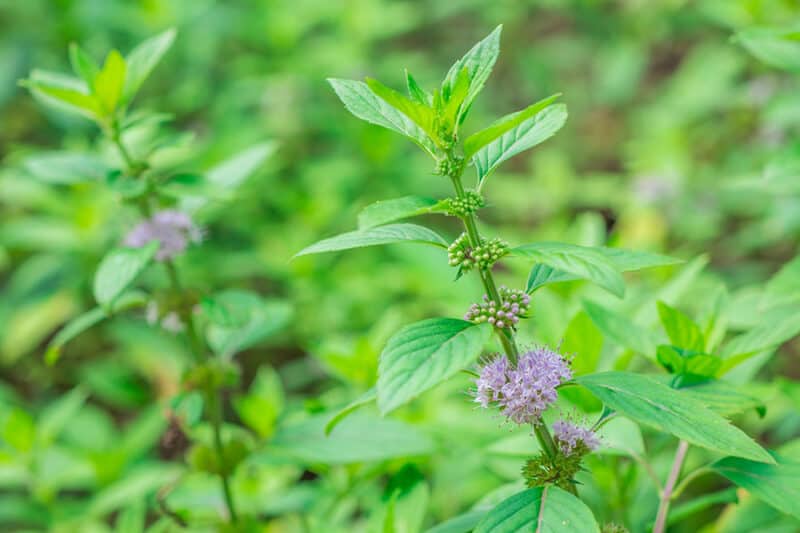
Growing pennyroyal is so easy. These plants grow and spread rapidly, so be sure that you prune and pay attention to its growth regularly. Otherwise, it can take over your garden! Luckily, it’s so beautiful; you might not mind.
Let’s take a look at what you need to know about caring for pennyroyal plants.
Keep The Plants Watered
Regular moisture is a requirement for pennyroyal plants to thrive in your garden. You want the surface of the soil to always feel moist to the touch. Chances are you will need to water your plants daily to keep the plants happy and healthy.
Is Fertilizer Needed?
Typically, fertilizers aren’t necessary for the health of your pennyroyal plants. So long as you added compost to the soil before planting, they’ll receive all of the nutrients needed for growth from the humus in the soil.
While you might be tempted to add more fertilizer, too much fertilizer can reduce flowering in pennyroyal plants. Chances are you want your plants to flower, so it’ll defeat the goal of growing this herb.
Pruning
Pruning is an important part of growing and caring for pennyroyal plants. You need to keep your plant under control because it has an invasive nature that is similar to mint plants.
When you prune pennyroyal plants, pull up the edges of the plant where it’s rooting and spreading. Trim away the edges to keep the plant where it should stay.
You’ll need to prune your plants often. Pruning typically needs to be done weekly. You’ll need to do this more frequently in wet, warm weather.
Best Companions for Pennyroyal
The thing you need to keep in mind is that pennyroyal will crowd out weaker plants like basil or cilantro. That’s why it works best in a container if you want to grow it in the garden to attract pollinators.
It does well with plants like cabbage, carrots, kale, and cauliflower.
Common Pests & Diseases
Due to pennyroyal’s natural pest repelling ability, it’s troubled by few pests and insects. That doesn’t mean it won’t have issues with diseases.
Powdery Mildew
Powdery mildew is a fungal disease that happens in warm, wet weather. It’s easy to identify because there will be a powdery, white film over the leaves on your plant.
While it’s not attractive, it’s usually not a death sentence for your plants. It can cause stress and weaken it, potentially opening your plants to other damage.
You can remove or cut back the infected portions of your plants. A milk spray is also effective in controlling this disease. Another choice is to apply a fungicide to get rid of it, but this should be a last resort.
It’s easiest to prevent a powdery mildew infection from starting. Keep good spacing between your plants and keep debris away from your plants. Proper air circulation between your plants is key.
Mint Rust
Here is another fungal infection that likes to infect plants that belong to the mint family. It happens most frequently because of overhead irrigation and letting water sit on plant leaves for too long.
Mint rust looks similar to other rusts. You’ll find orange to rust-colored spots along the undersides of the lower leaves. Eventually, it can progress, completely turning the leaves brown and dropping them from the affected plants.
You need to be sure that you don’t plant pennyroyal too close together. Closely planted pennyroyal increases the risk of humidity around the plant. You should also prune plants to improve air circulation.
Prune away infected leaves.
Harvesting Pennyroyal
Remember it’s not safe to consume pennyroyal! However, it’s a natural pest repellent and has other external medicinal uses.
Typically, you harvest the plants when they’re 4-6 inches tall. All you need to do is clip the stems, and the plants will continue to grow and produce more throughout the growing season. Snip flowers as they form.
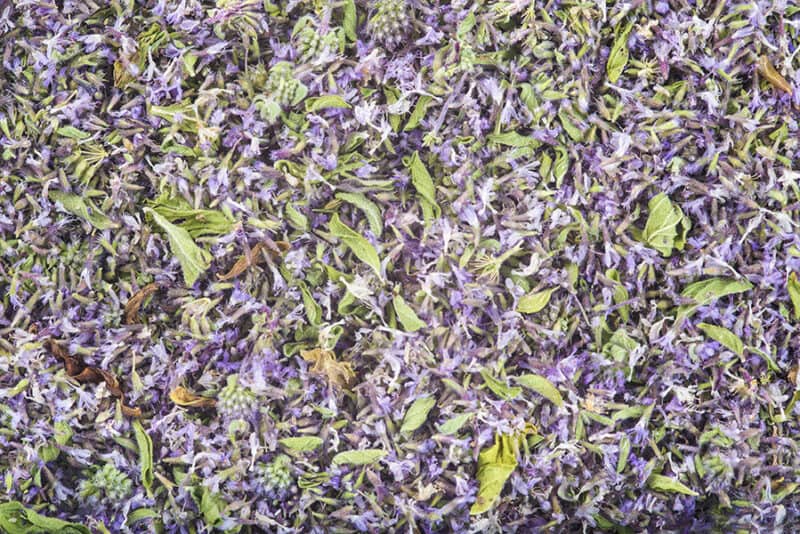
Make use of the stems wherever you have pest problems! You can lay freshly cut stems or dried stems and leaves in those areas. You also can make a potpourri mixture with the dried leaves and stems.
